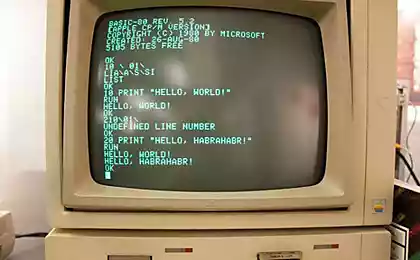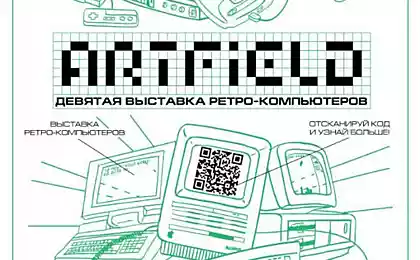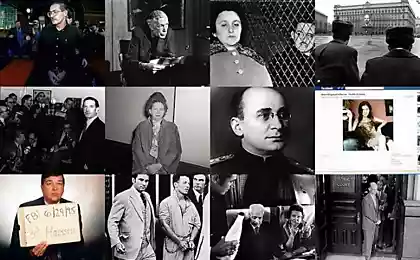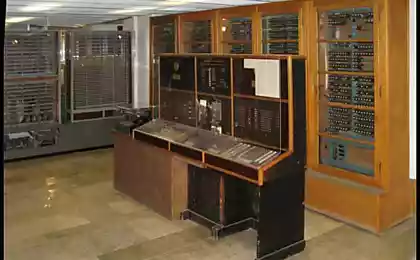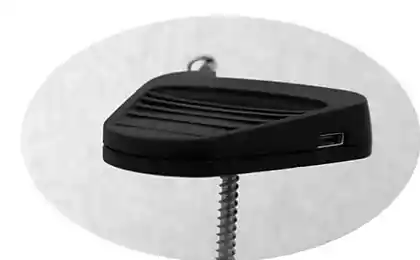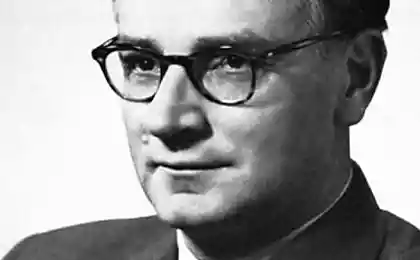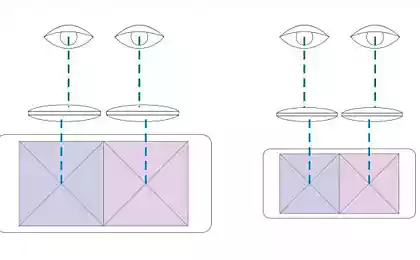700
The first Soviet computer 60 years old
The current week is notable not only the onset of all the favorite holiday - New Year, but also a significant date - the 60th anniversary since the introduction of the first computer. December 25, 1951 an innovative project of Sergey Lebedev has been officially recognized by the Academy of Sciences of the USSR
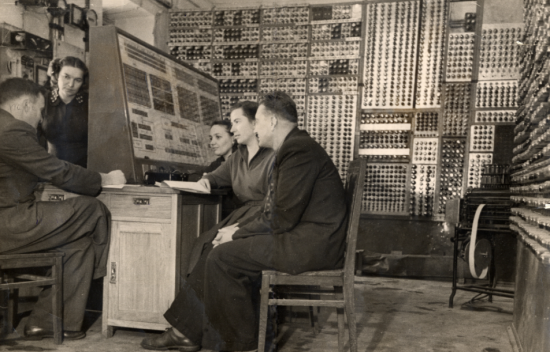
The project, called SECM - Small electronic computing machine - was adopted by the world scientific community as the first fully electronic computer not only in the Soviet Union, but also in continental Europe. Interesting fact: Lebedev began development of a computing device is still the 1930s. But in 1951, the machine has been successfully launched and began working with a full load.
As recalled by the League, Sergei Lebedev since 1946 held the post of director of the Institute of Electrical Engineering in Kiev. Work on the project began in 1948, and his leadership was initially skeptical. Even some experts his team felt that the work on the "calculator" (that is how they imagined the computer) was a step backward compared with the study of electricity and space.
The work was in a former monastery in the Theophany on the outskirts of Kiev. The monastery survived, but scientists working on the SECM, had to create their own jobs from scratch - a laboratory, metal workshop, and even power. The team worked almost around the clock.
The first program on the SECM launched Nov. 6, 1950, and already in 1951 began to work the machine with a full load. In 1952, on the SECM were performed top-secret calculations related to the rocket design and creation of the hydrogen bomb. The car used in the research of the Institute until 1957. Later, the car was dismantled into pieces and given for scientific labs students of the Kiev Polytechnic Institute.
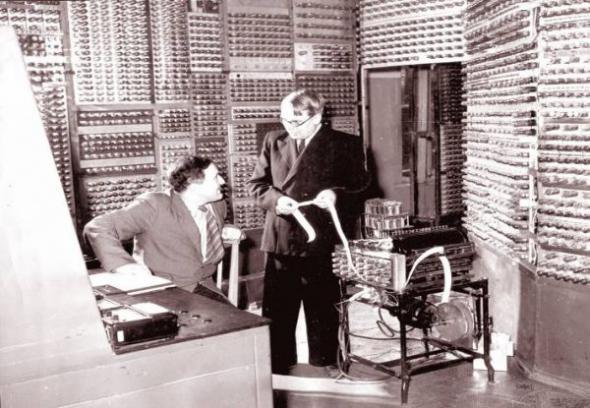
Characteristics computers were as follows:
universal mathematical apparatus parallel action on the trigger cells;
binary representation of the number of fixed-point, 16-bit, and the number one position on the sign;
trёhadresnaya command system, 20 bits for the team: the first 4 bits - opcode, the next 5 - the address of the first operand, another 5 - second operand address, and the last 6 - address operation result;
RAM to trigger cells, the number of 31 to 63 data and commands;
Plug-permanent memory, the number of 31 to 63 data and commands;
clock frequency of 5 kHz;
3000 transactions per minute;
6000 vacuum tubes;
an area of 60 sq.m;
power consumption of about 25 kW.
MESM cope with the operations of addition, subtraction, multiplication, division, shift, comparison, taking into account the sign, comparing the absolute value of the transmission numbers of the drum and adding teams. Data entry was carried out using punch cards or plug-in switch also allows the use of a magnetic drum, accommodating up to 5,000 of number codes or commands.

The project, called SECM - Small electronic computing machine - was adopted by the world scientific community as the first fully electronic computer not only in the Soviet Union, but also in continental Europe. Interesting fact: Lebedev began development of a computing device is still the 1930s. But in 1951, the machine has been successfully launched and began working with a full load.
As recalled by the League, Sergei Lebedev since 1946 held the post of director of the Institute of Electrical Engineering in Kiev. Work on the project began in 1948, and his leadership was initially skeptical. Even some experts his team felt that the work on the "calculator" (that is how they imagined the computer) was a step backward compared with the study of electricity and space.
The work was in a former monastery in the Theophany on the outskirts of Kiev. The monastery survived, but scientists working on the SECM, had to create their own jobs from scratch - a laboratory, metal workshop, and even power. The team worked almost around the clock.
The first program on the SECM launched Nov. 6, 1950, and already in 1951 began to work the machine with a full load. In 1952, on the SECM were performed top-secret calculations related to the rocket design and creation of the hydrogen bomb. The car used in the research of the Institute until 1957. Later, the car was dismantled into pieces and given for scientific labs students of the Kiev Polytechnic Institute.

Characteristics computers were as follows:
universal mathematical apparatus parallel action on the trigger cells;
binary representation of the number of fixed-point, 16-bit, and the number one position on the sign;
trёhadresnaya command system, 20 bits for the team: the first 4 bits - opcode, the next 5 - the address of the first operand, another 5 - second operand address, and the last 6 - address operation result;
RAM to trigger cells, the number of 31 to 63 data and commands;
Plug-permanent memory, the number of 31 to 63 data and commands;
clock frequency of 5 kHz;
3000 transactions per minute;
6000 vacuum tubes;
an area of 60 sq.m;
power consumption of about 25 kW.
MESM cope with the operations of addition, subtraction, multiplication, division, shift, comparison, taking into account the sign, comparing the absolute value of the transmission numbers of the drum and adding teams. Data entry was carried out using punch cards or plug-in switch also allows the use of a magnetic drum, accommodating up to 5,000 of number codes or commands.





